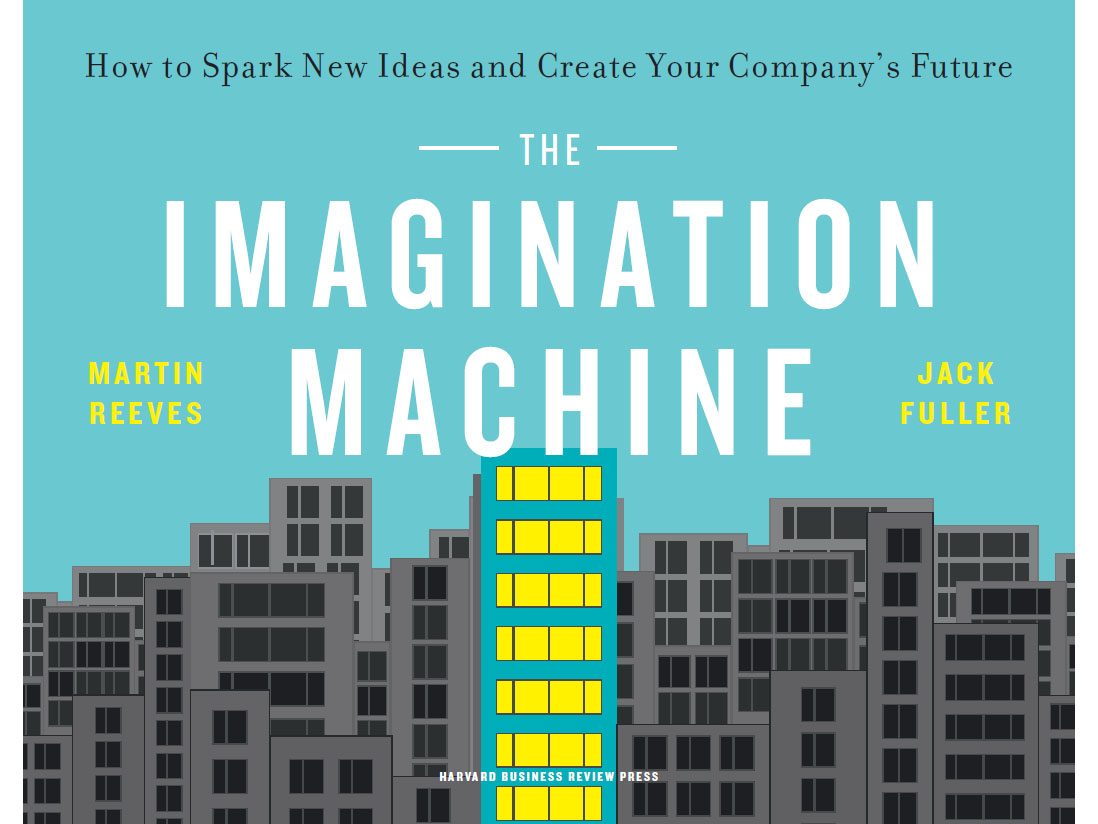Industry Talk - Free Talk
The Imagination Machine, a guide to mining the power of imagination and creativity for business success
June 9, 2022
.jpg) Advertisement
AdvertisementImagination in companies is needed now more than ever. According to analysis by Boston Consulting Group’s Henderson Institute (BHI), since the 1960s, the average number of companies exiting the Fortune 500 has increased by 36% annually. Competitive outperformance quickly fades. Rapid changes due to technology or other factors mean most companies risk stagnation. A recent BHI survey also found that while 97% of executives regard imagination as a critical business capability, 80% say it is hard to harness in large companies.
In their new book, ‘The Imagination Machine: How to Spark New Ideas and Create Your Company's Future’ (Harvard Business Review Press), BHI’s Martin Reeves and Jack Fuller show how to harness imagination systematically to drive growth—especially in large, incumbent companies that may be facing stagnation. BHI also collaborated with Majarra and its platform Harvard Business Review Arabia to launch the book in Arabic and make it available to avid Arab readers.
The authors present a toolbox for cultivating imagination at the individual and collective level, and define concrete steps that business leaders can take to reform and revitalize their businesses. Every great business began with an effort of the imagination. Persistently great businesses are able to continuously access and utilize collective imaginative capacity, challenging existing mental models to discover new paths to growth, even while managing existing business models at scale. In the book, Reeves and Fuller share practical guidance for organizations to run and reinvent themselves over time.
The authors conducted over 100 interviews with business leaders, scientists, philosophers, neuroscientists, musicians, and artists and observed dozens of case studies for the book. They trace the evolution of imagination though history and science—from the dawn of mankind (with examples of hunter-gatherers who dreamed up scenarios for how best to trap their prey) to ancient Greek thinkers like Aristotle and Plato and Renaissance philosophers. They also delve into artificial intelligence and explore how AI can aid imagination efforts. As a way to challenge the mental models we all carry with us, they point to Charles Merrill’s industry-changing reimagination of banking inspired by his experience with supermarkets, and LEGO’s revolutionary mental model of a system of toys that emphasizes learning through play, among many other company examples.
The book describe how companies can turn ideas from tentative, counterfactual thoughts into new realities:
The Seduction: How to open yourself up to surprises
The Idea: How to generate new ideas
The Collision: How to rethink your idea based on real-world feedback
The Epidemic: How to spread an evolving idea to others
The New Ordinary: How to turn your novel idea into an accepted reality
The Encore: How to repeat the process—again and again.
“Harnessing imagination entails dealing with the mind, action, and their interaction. It is not only about individual creativity, but how minds can interact, creating collective imagination and momentum to turn ideas into new realities,” the authors write. With The Imagination Machine, they have created a provocative, fascinating handbook to spark ideas and growth in organizations.




.jpg)









